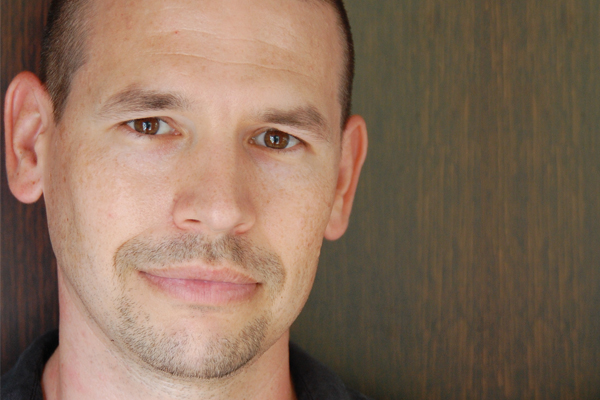Organizations almost never work the way they’re supposed to. And that’s often a good thing.
Let me explain. As a professor of rhetoric and writing, I research how people circulate information in workplaces. That involves going into an organization, watching people work, interviewing them about their jobs, and looking at the tools and texts that they use to do those jobs. And no matter how many organizations I study, I’m always struck by how many workarounds people use. Sticky notes. Annotations. Lists. Social media.
People are constantly “hacking” their work, grabbing unofficial solutions from other parts of their lives in order to solve their problems, increase their capabilities and lessen their work. When they do this, they inject some much-needed flexibility into the system—they find ways to route around the limitations and improve the capabilities of what could otherwise be an inflexible, one-size-fits-all system. That sticky note or list is sometimes the hidden linchpin of their work—the thing that allows them to productively use the database, coordinate with coworkers or track their tasks.
That’s the good news. But the bad news is that these ad hoc solutions can block information flow, precisely because they are so customized.
Organizations are complex, convoluted and often conflicted. In particular, organizations sometimes have a lot of trouble circulating information because their components often don’t match up—people come from different backgrounds and have different assumptions, information tools come from different places and reflect different ideas, and rules sometimes conflict. On the ground level, people figure out all sorts of hacks and innovations to get them through the day. But those hacks themselves can cause further problems, since they change the way people work. And if people aren’t using the same hacks, their work tends to drift apart.
The problem is, when we can’t see how these pieces fit together and how they affect each other, we start trying to treat the symptoms rather than the disease. We react to the hack, not the systemic issue it’s trying to solve.
How can we address the disease rather than the systems? That requires topsight, an overall understanding of how the organization works and why. Topsight takes time to develop, but you can develop it in your organization. I’ve recently written a book on the subject that explains how to pitch an investigation, gather the right clues, confirm details, and model social interactions in the organization so that they can systematically achieve topsight. It also tells them how to take the next step, writing a convincing recommendation report to help fine-tune how the organization circulates information.
One of my favorite classes involves teaching topsight techniques to my students. At the beginning of the semester, students pick an organization. Then, throughout the semester, they visit it, gather clues, analyze them, and eventually recommend solid changes. When they walk out of the class at the end of the semester, they understand how to find these hacks, how to map the organization’s information resources, and how to improve those resources without breaking the organization. Their discoveries are never routine, frequently surprising and always useful—both to the organization and to the students who leave UT with the ability to see the big picture in their future organizations.
Clay Spinuzzi is an associate professor of rhetoric and writing at The University of Texas at Austin and the author of “Topsight.” He teaches his topsight approach as a consultant.
